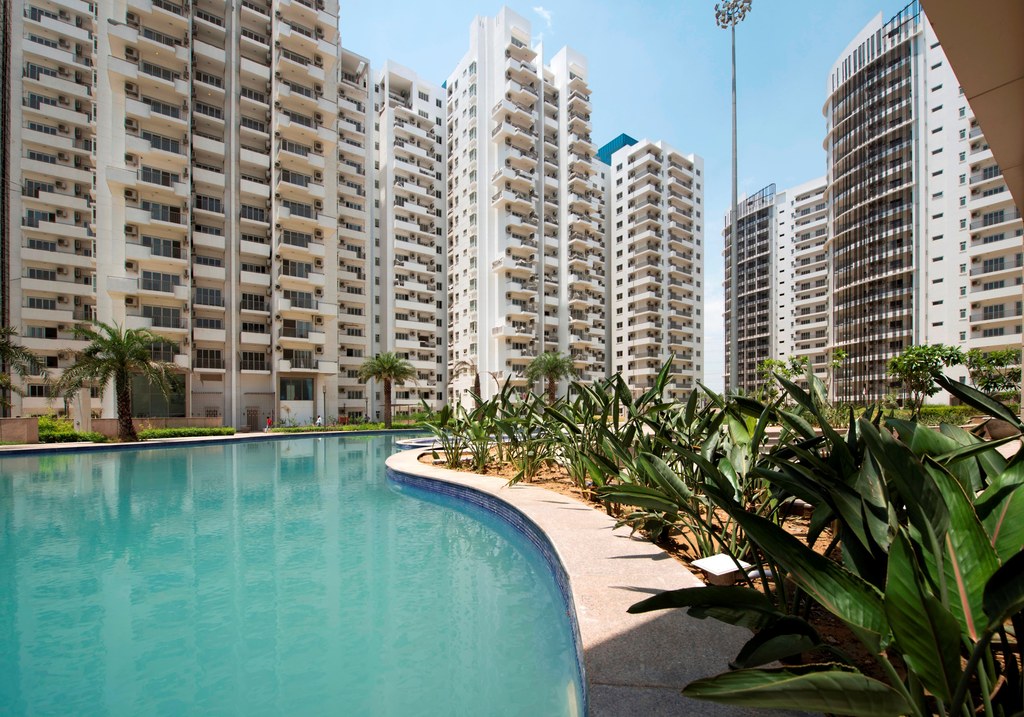How to choose the best floor for you in a high-rise?

Choose the best floor for you in a high-rise?
Apart from the important aspects of home buying that include budget, an ideal locality, proximity to work places, schools & other basic facilities; there is one more factor which should be considered now-a-days when multi-storey towers are in vogue. Selecting the best floor to have a dream home is an important decision one has to make while apartment hunting.
If you are contemplating on purchasing a house in a high-rise building, you would like to know the pros and cons of living on each floor before making the final choice. We have attempted to enlist a few here to ease decision making.
Living on the ground or lower floors in the building:
If the building is located in a suburban or rural locality, living on the bottom-most or lower floors is pleasant however, if the area is densely populated, then it is challenging. While the cons of living on ground floors include limited light and ventilation, Insect intrusion, dampness from the ground and latent humidity along with some bit of compromise on security,There are many positives too.
Ground floors remain comparatively cooler throughout seasons reducing power consumption. Besides, loading & unloading of heavy goods is easier. When considering ground floors, ensure that the building has a robust water and sanitary mechanism to avoid dampness and seepage in the long run.
Living on the top floors:
Apart from the amazing view that some people crave for, the major benefits of having an apartment on the top floors is good light and ventilation along with security. Capital appreciation on higher floors is much faster. But there is a flipside to this – the top floors consume more power, be it human transportation to higher levels via elevators, water transportation via pipes or the high electricity bills during summers because of the increased usage of air conditioners.
So, if you are planning to opt for one of the top floors, make sure that the building has safe provisions for emergency evacuations; appropriate systems to deal with fire outbreaks, etc are a part of the structure. Check for weather proofing, focus on the material used. The windows, the frame should be tough in order to sustain the wind load during extreme conditions.
Living on the middle floors:
The pros and cons of living on the top and ground floors are balanced on the middle floors. The per capita consumption of power is lesser while the effect of weather remains almost the same. Since staircase can also be used easily, loading and unloading of heavy goods is convenient, emergency evacuations can be done expediently. However, in muddled neighbourhoods, where ambient noise levels are high, it may cause disturbance to the inhabitants.
While a house on the middle floors looks to be the best choice, the only con can be remedied by having well designed window systems that can prevent the outside noise from entering the interiors.
Typically, a price difference is observed in the ground, middle and top floors in high-rise towers that offer sea or any other attractive view from the top floors. In most luxury projects, top levels are converted as special penthouses costing more in terms of per sq ft as compared to the lower floors. This is because developers levy floor-rise charges that acts as a premium for that view you get from the house.
Decided on what floor you want your dream home? Click here for some options to choose from.



